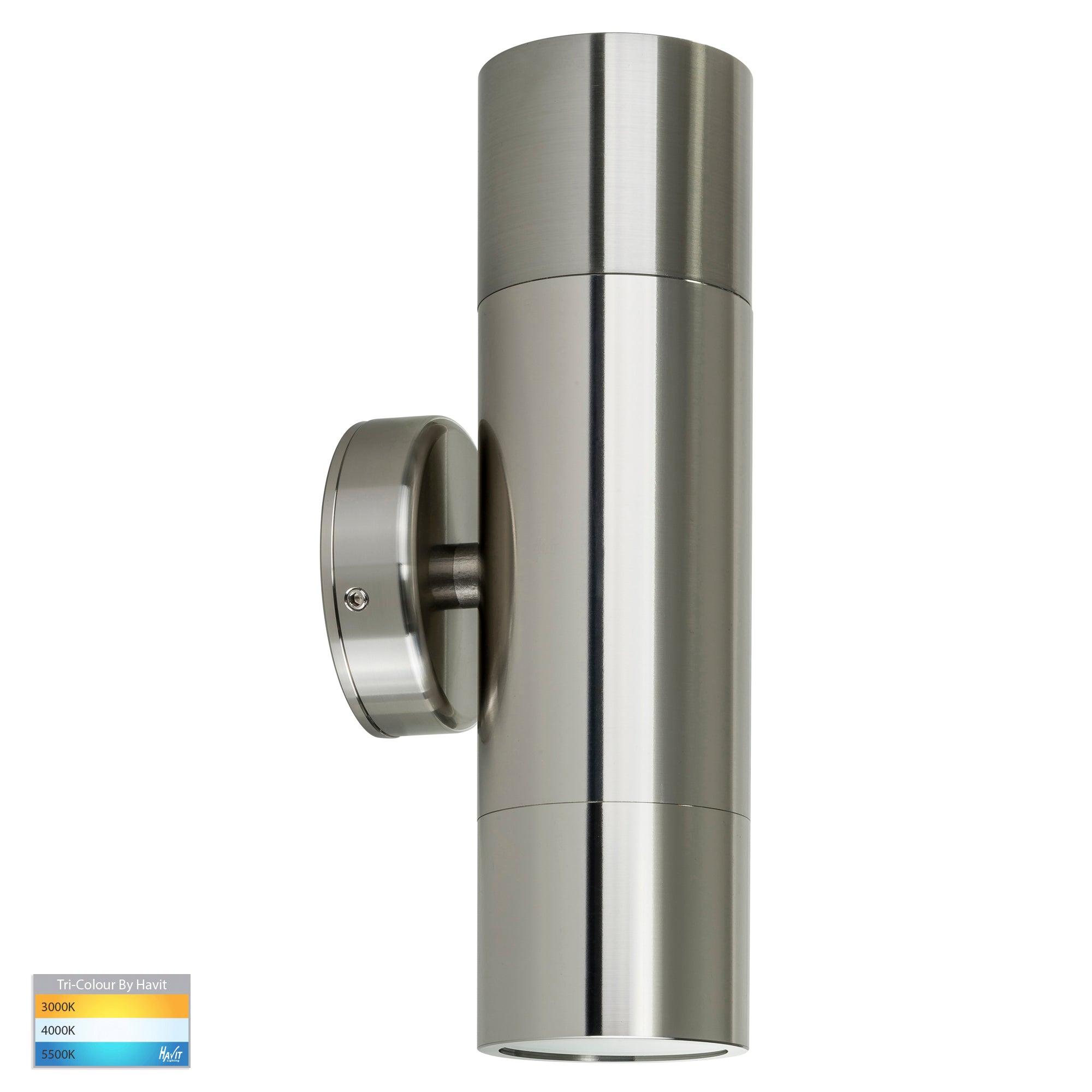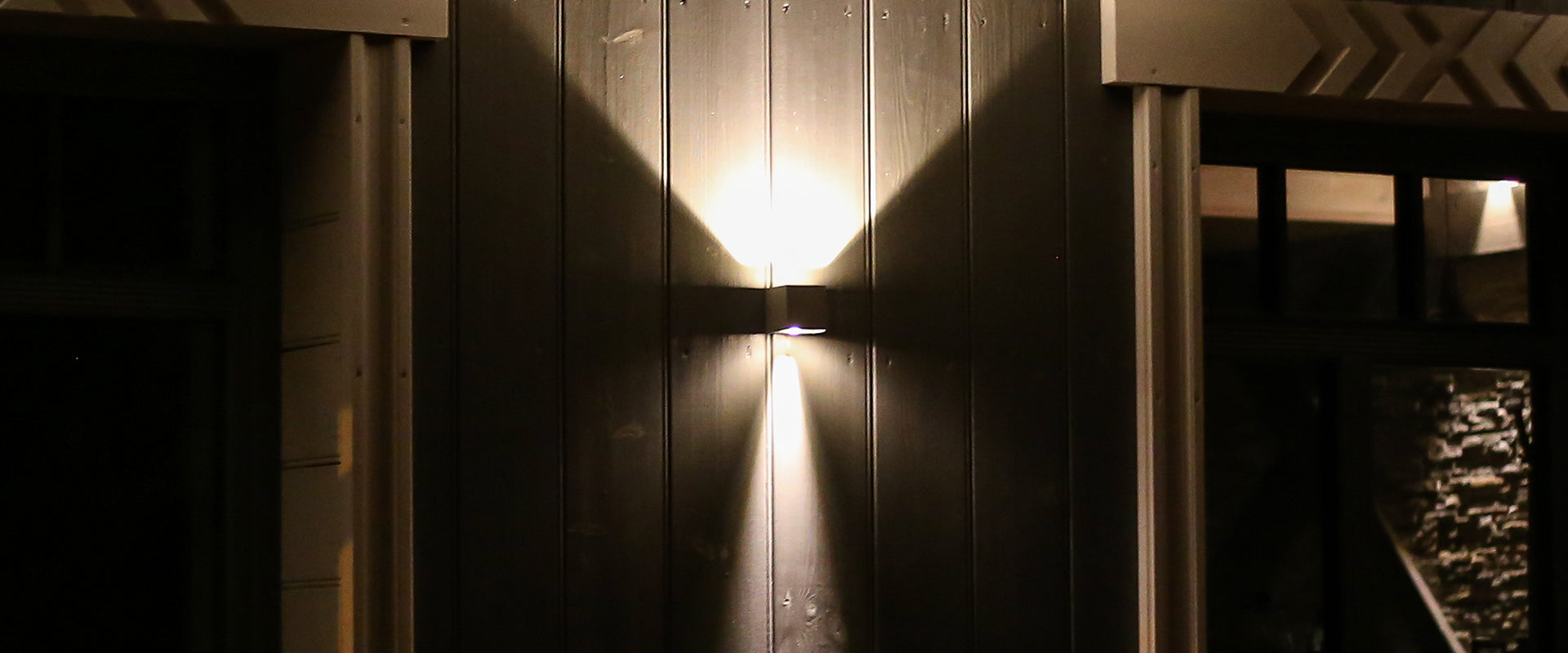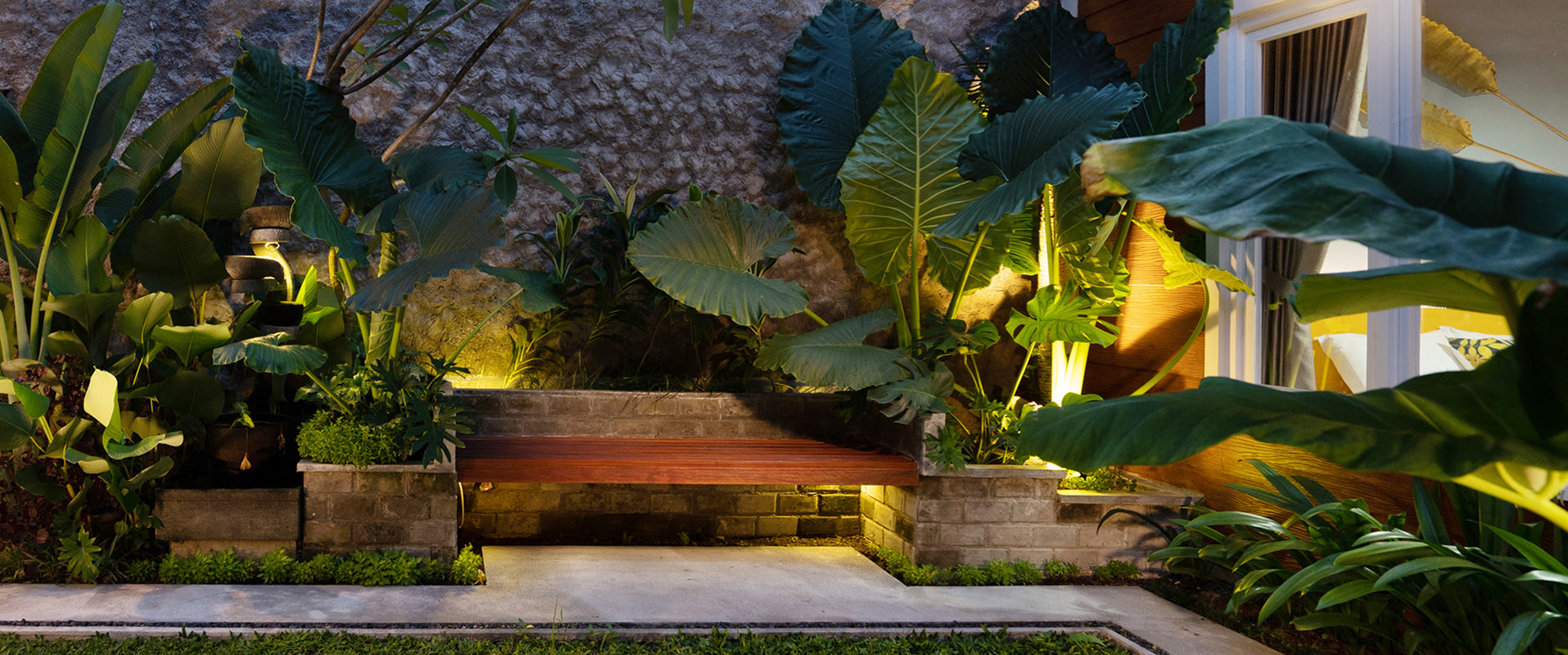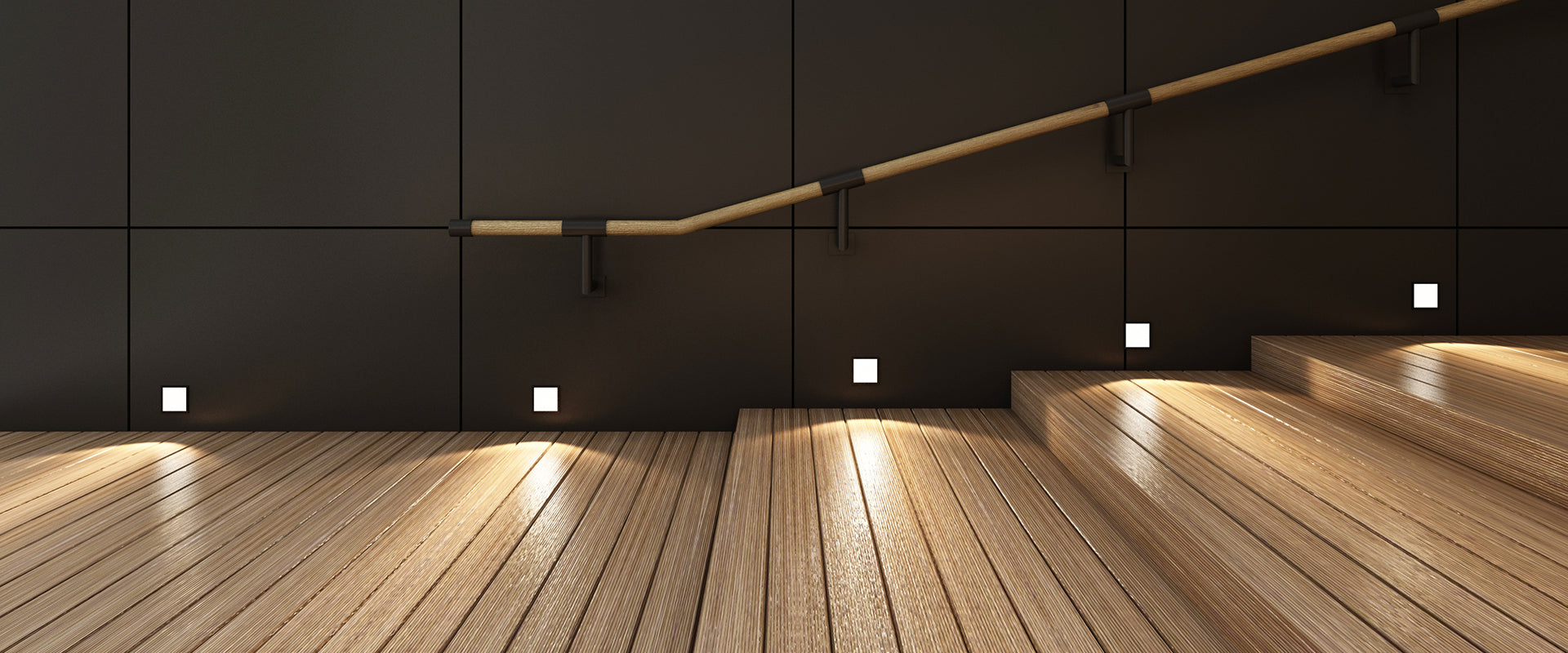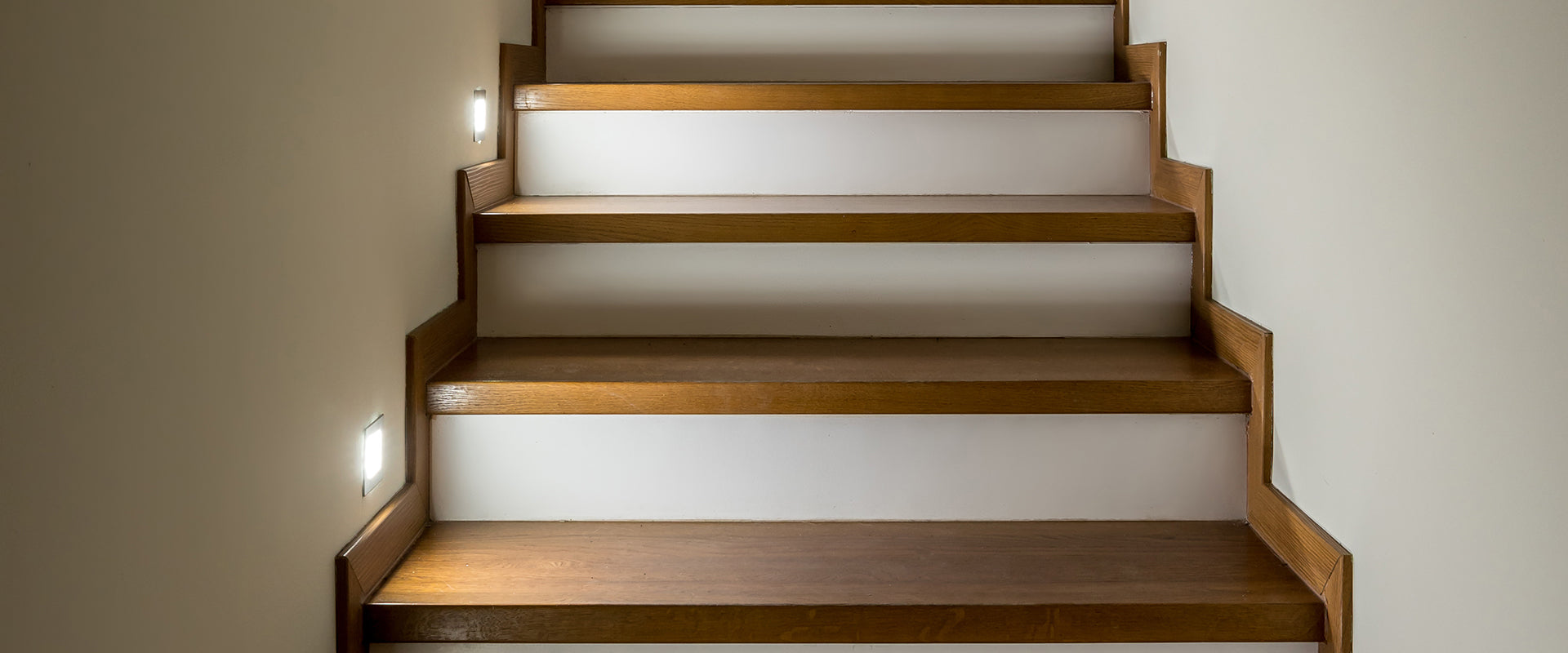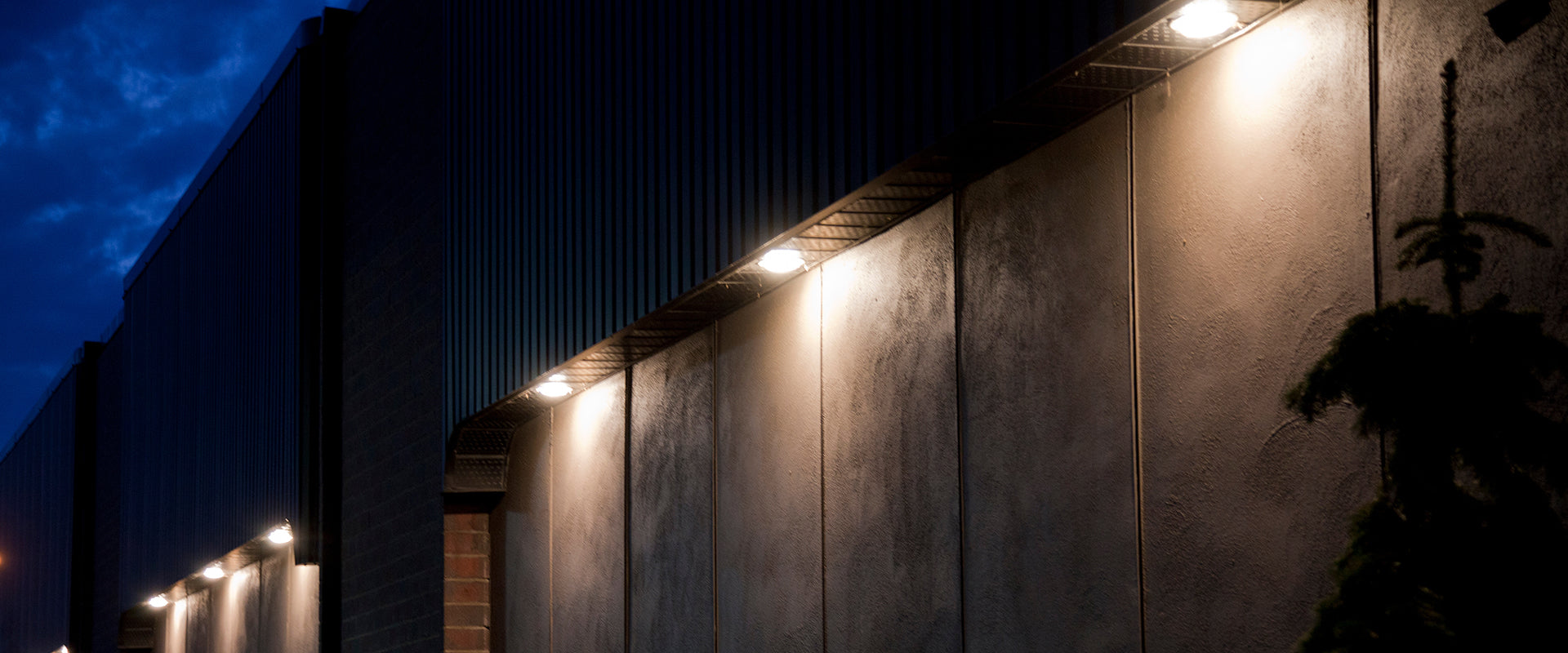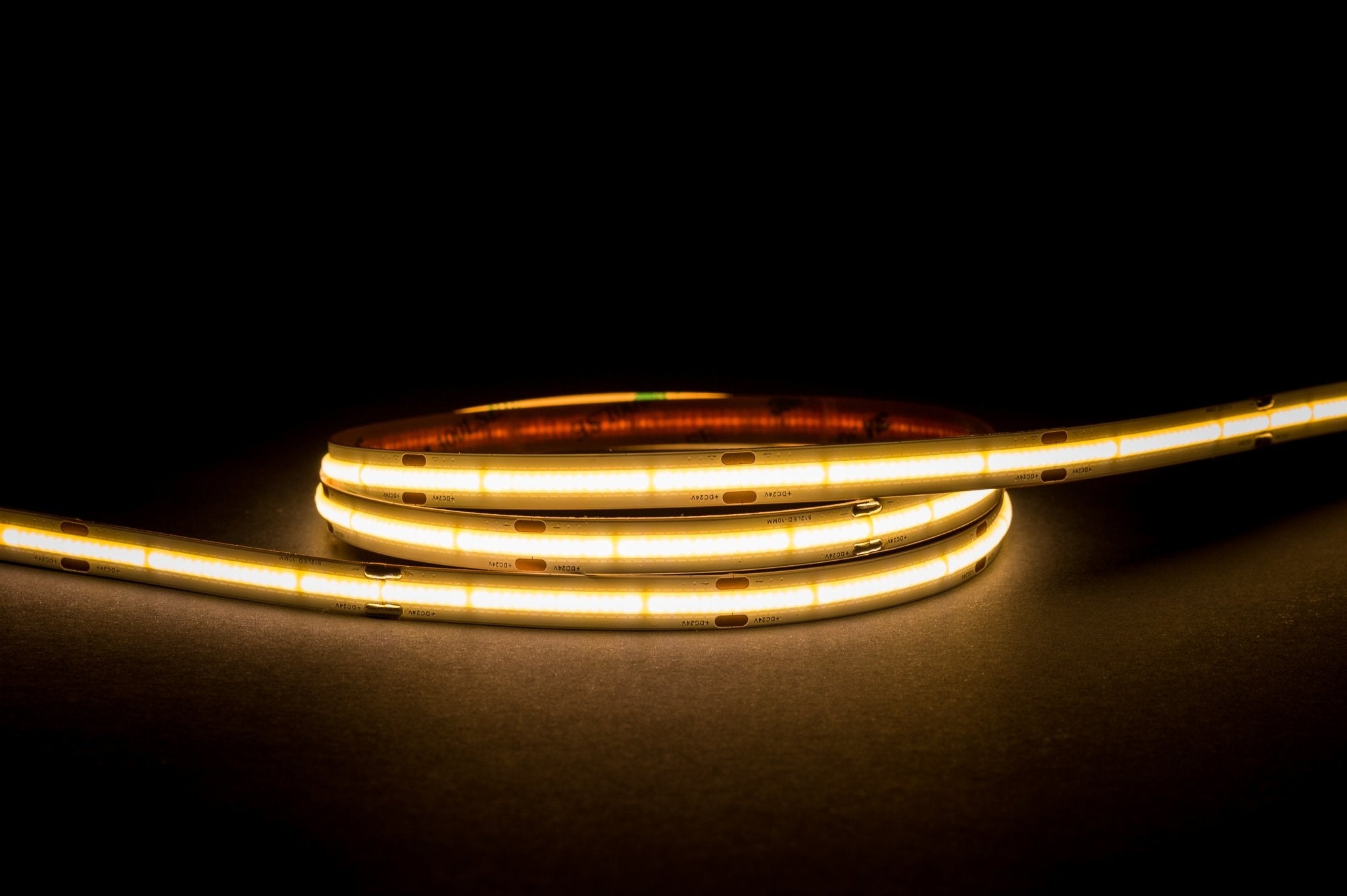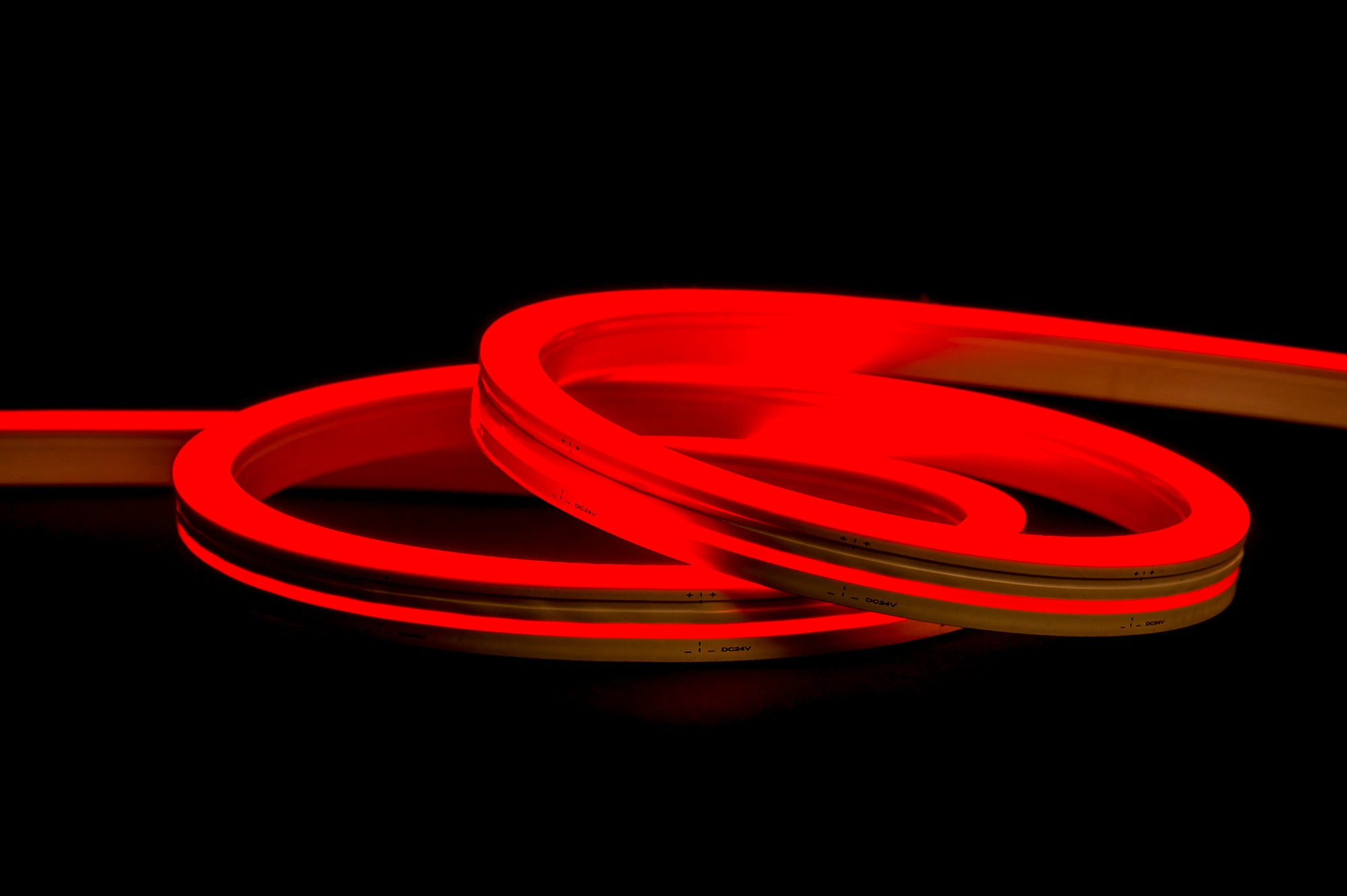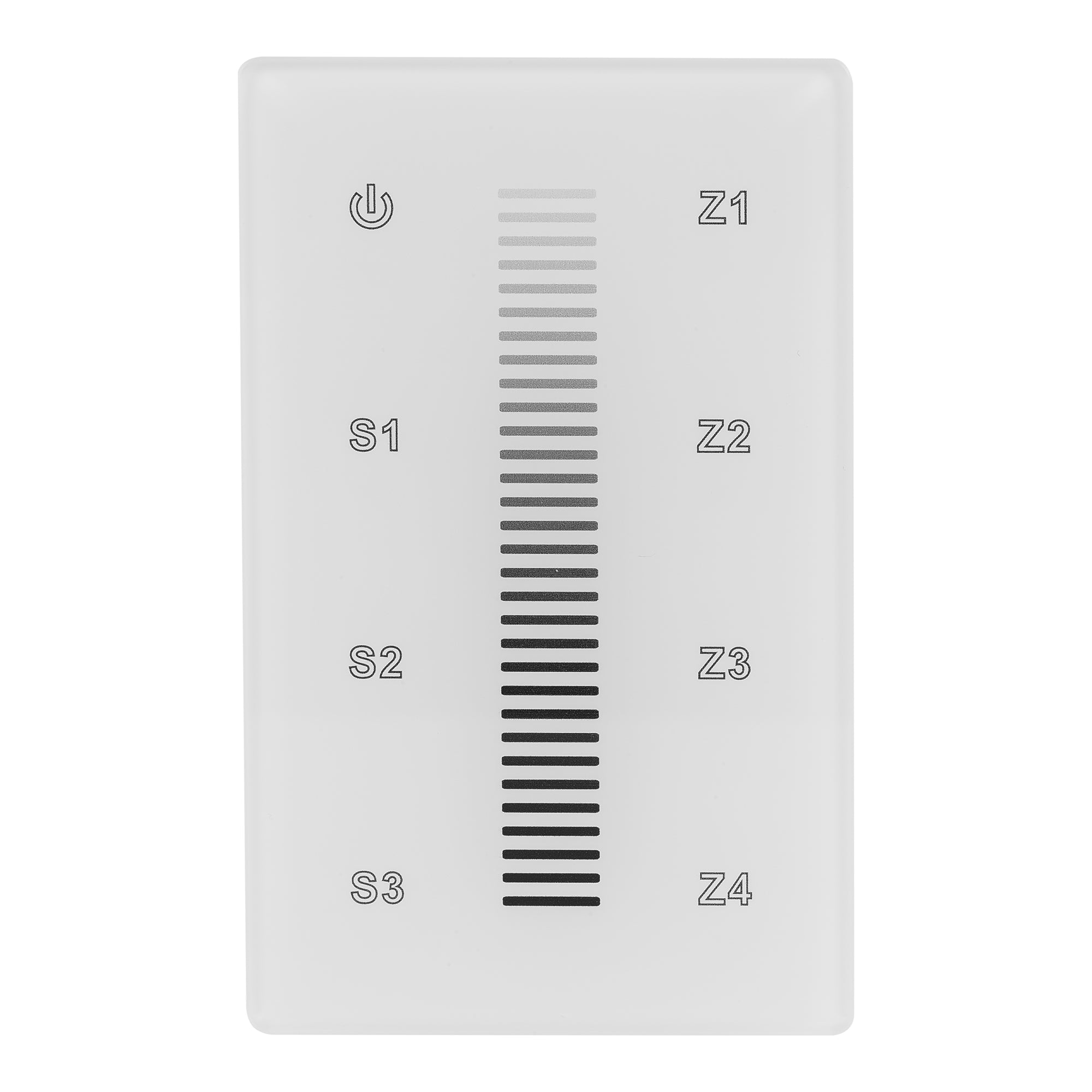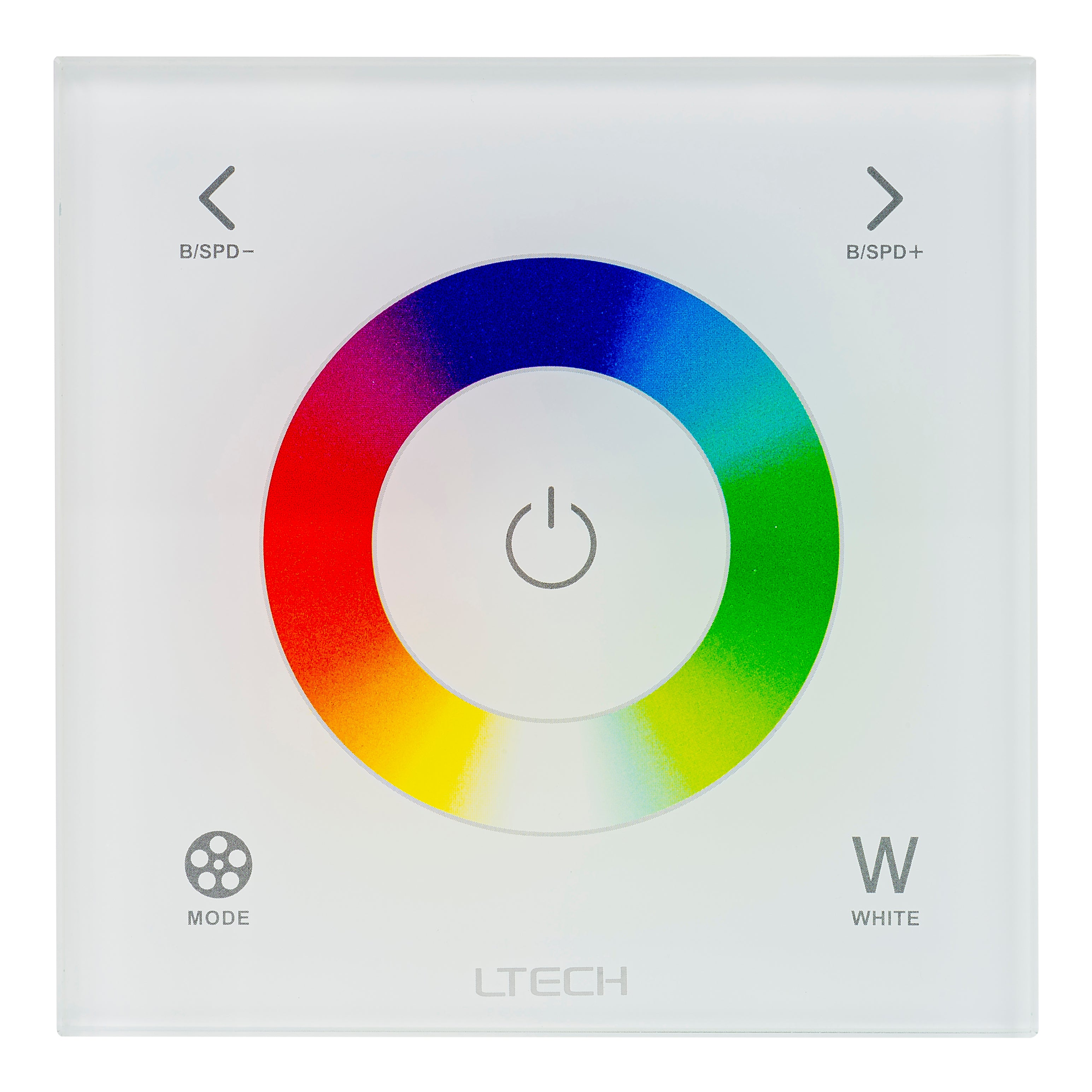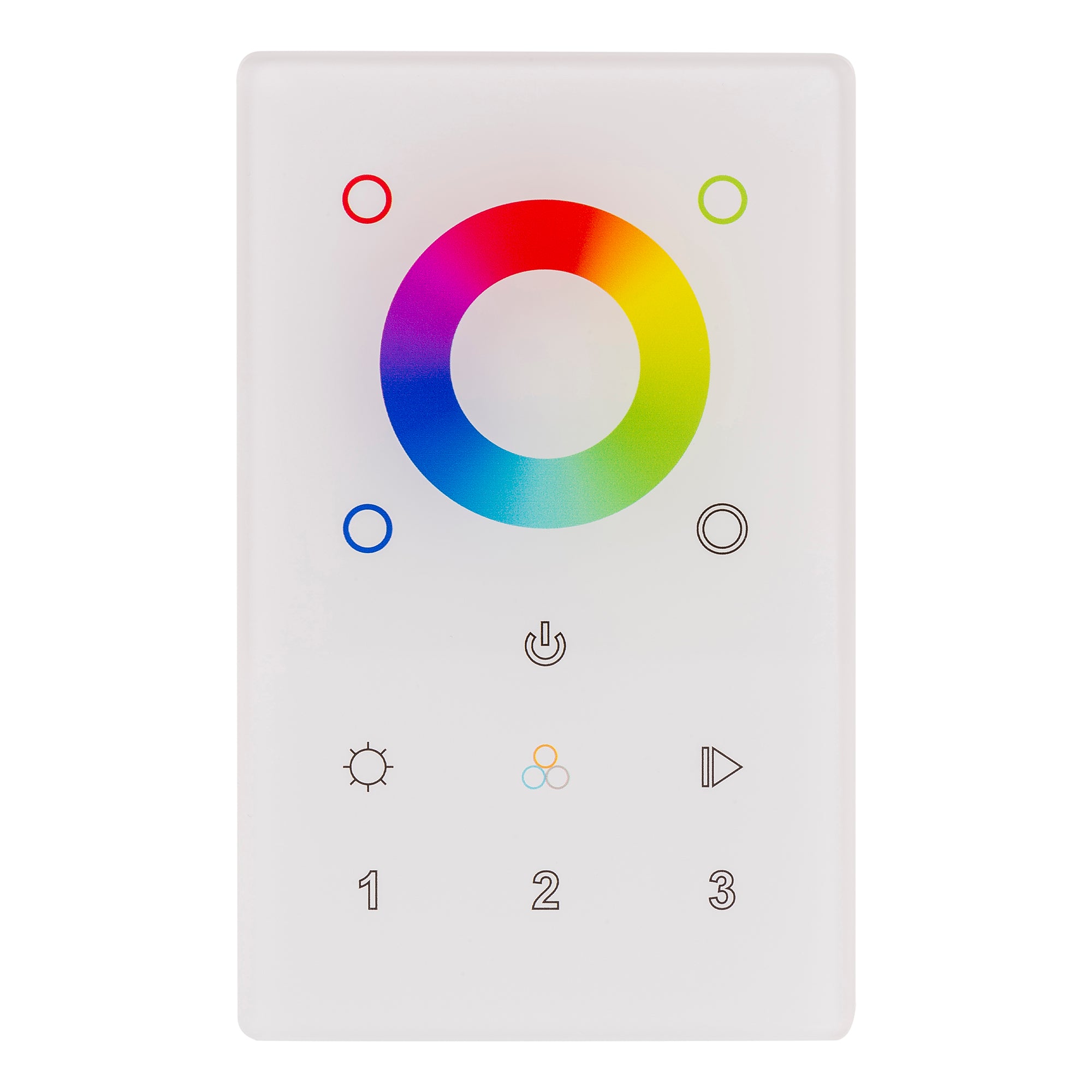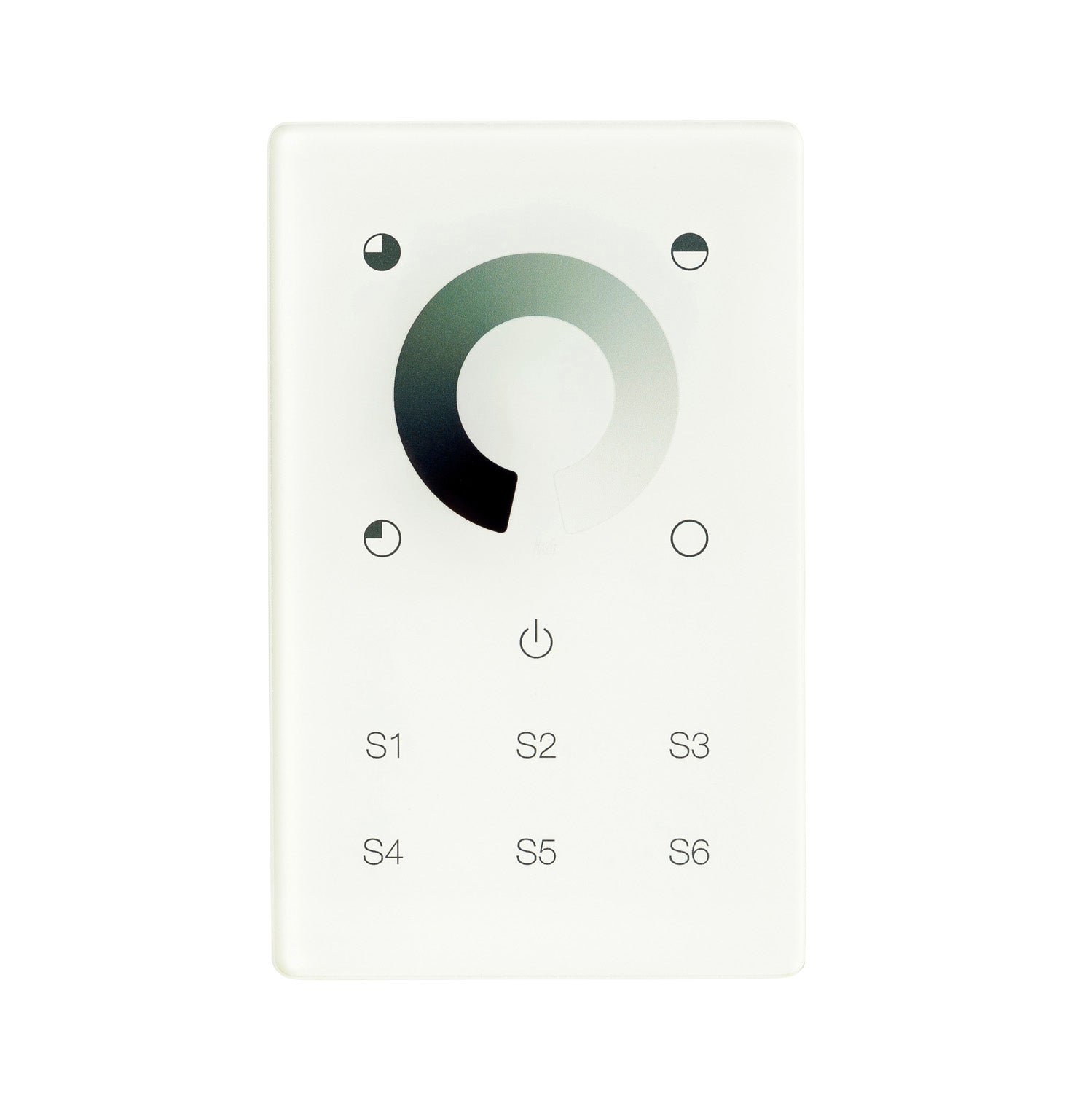The Patina Effect - Antique Brass Maintenance
Read below to find out more information on how to maintain your Antique Brass light fixtures so they stay looking fresher for longer!
Why does Antique Brass turn green?
Click HERE to download the PDF article.
Each architectural material has a different response to aging. This aging process occurs when material comes into contact with Water, Oxygen and Carbon Dioxide overtime.
Rather than rusting, Brass materials incur a natural patina process which is ultimately a much darker brass look with alot of black around the edging of the product and/or lines/mouldings with the possibility of a green, blue or brown film being adapted during the oxidation of the material over a long period of time.
The Patina Effect should not be seen as a fault, but rather a benefit and a nod towards long-lasting exterior lighting. Unlike rust, which corrodes the iron elements in brass materials, patina creates a layer of protection on the outer surface of Brass Materials which assists with the preservation of the material.
Much like 316 Stainless Steel, the anti-rusting properties of Antique Brass light fixtures makes this material a perfect long-term lighting solution to withstand the harsh weather conditions of coastal-front properties.
Antique Brass Cleaning
Overtime, your exterior Antique Brass light fixtures will be collecting dirt, dust and debris and therefore will require light maintenance to ensure they remain in the right shape, without damaging the natural Patina. Havit Antique Brass Light fixtures are best cleaned and maintained with a soft rag, some cleaning polish and slight 'elbow grease'.
There are many commercial products as well as homemade remedies, including those made with vinegar and lemon juice. When cleaning the fittings, it is important to be gentle and careful by not using abrasive cleaners and cloths, as this may scratch the brass.
Click HERE to download the PDF article.

